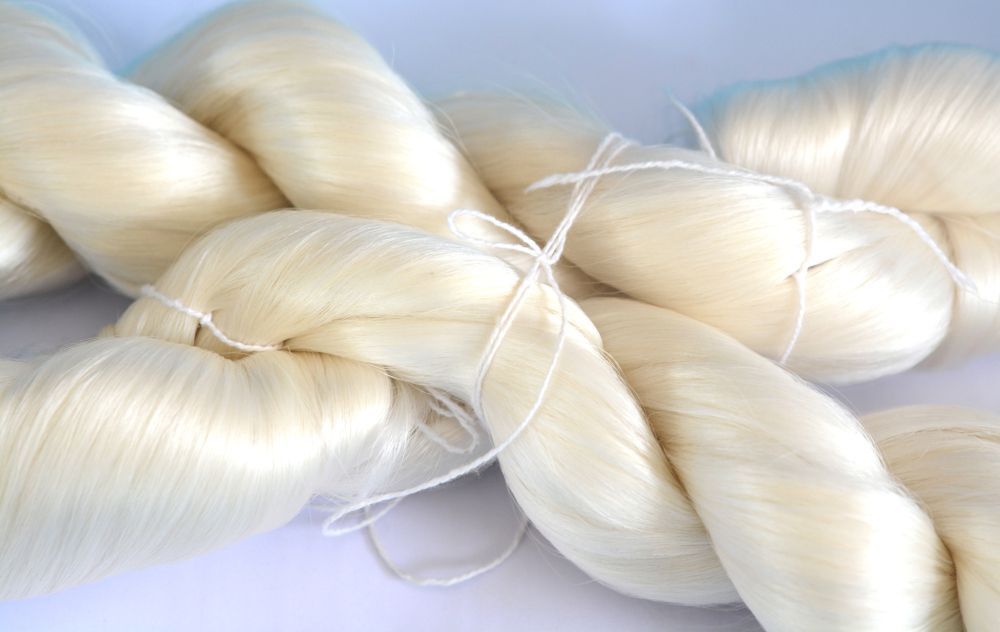
Cruelty-Free Silk: An Environment- Conscious Approach to the Supply Chain
Silk, one of the oldest and most luxurious fabrics in the world, has long been associated with beauty,
elegance, and high-end fashion. Natural silk itself is very sustainable, as it can be preserved over millennia.
However, the traditional method of producing
silk involves the exploitation of silkworms, which can be considered cruel and
inhumane. As consumers become more conscious of the impact their purchases have
on the environment and animal welfare, there is growing demand for alternative,
cruelty-free silk options.
Cruelty-free silk
...is made using a variety of methods, including Ahimsa silk, Eri silk, wild silk, plant-based silk, lab-grown silk,
and silk produced through humane methods that do not harm silkworms. These
alternative methods of producing silk not only reduce the suffering of
silkworms, but they also offer a more sustainable solution to the traditional silk
industry.
Plant-based silk
...is made from natural fibers, such as bamboo, hemp, or nettle, which are often
grown organically and without the use of harmful chemicals. This type of silk
is not only cruelty-free, but it is also biodegradable and can help reduce the
environmental impact of the fashion industry.
Lab-grown silk
....also known as synthetic silk, is produced using a process that mimics the way
silkworms produce silk. In this process, silk proteins are extracted from the
silkworm and then spun into a continuous thread using advanced technology. This
method of producing silk is not only cruelty-free, but it also reduces the need
for land, water, and other resources that are required to raise silkworms.
Humane methods of
producing silk (Ahimsa silk, Eri silk, Peace silk, wild silk)
on the other hand, involve the use of methods that do not harm silkworms.
For example, some companies practice “peace silk” production, where
the silkworms are allowed to emerge from their cocoons before the silk is
harvested. This method may not be as efficient as traditional silk production,
but it reduces the suffering of the silkworms and
offers a more sustainable solution.
In conclusion, the
cruelty-free silk supply chain is a growing trend in the fashion industry,
offering consumers a more sustainable and ethical alternative to traditional
silk. Whether it’s plant-based, lab-grown, or produced through humane methods,
cruelty-free silk provides a solution that not only reduces the suffering of
silkworms, but also benefits the environment and supports sustainable fashion
practices. So next time you're shopping for silk, consider choosing a
cruelty-free option to help make a positive impact.
